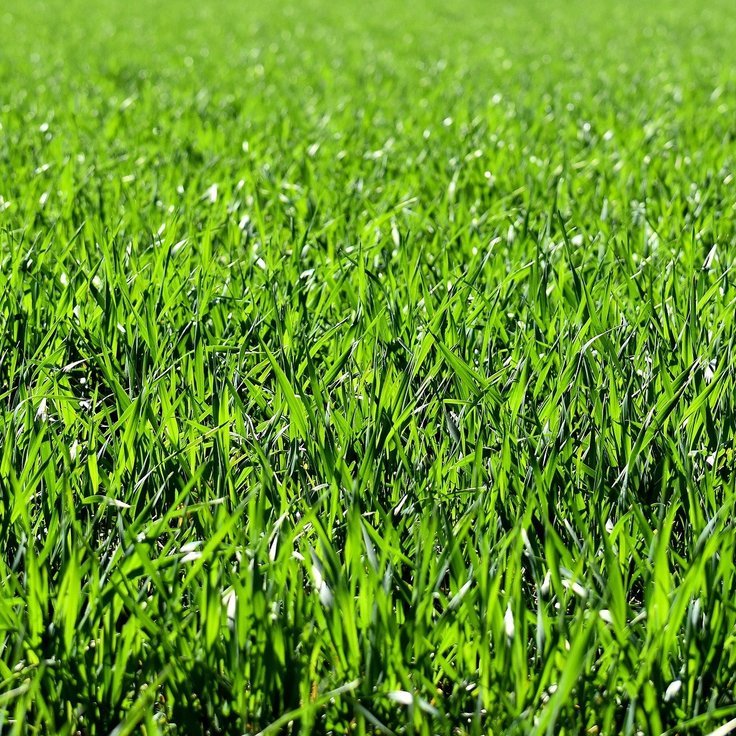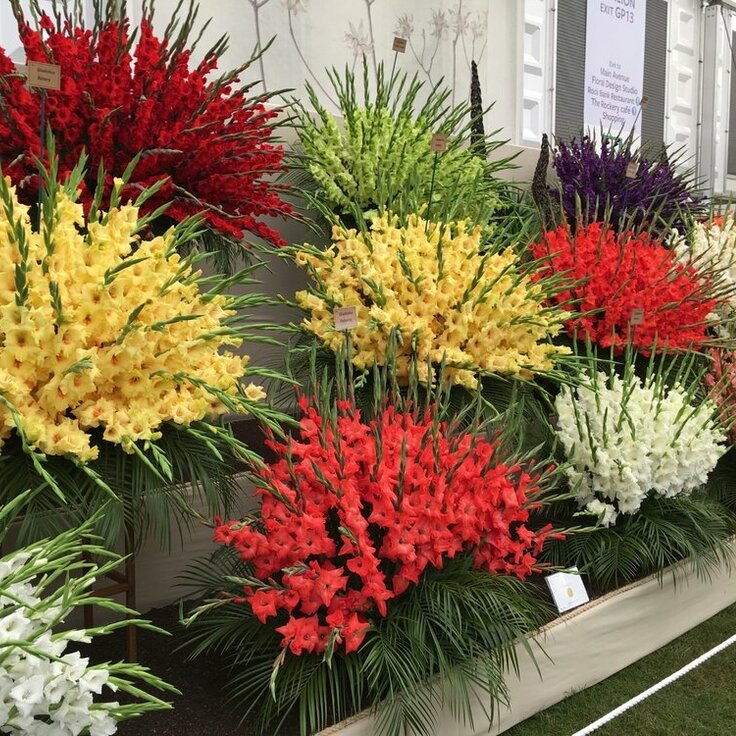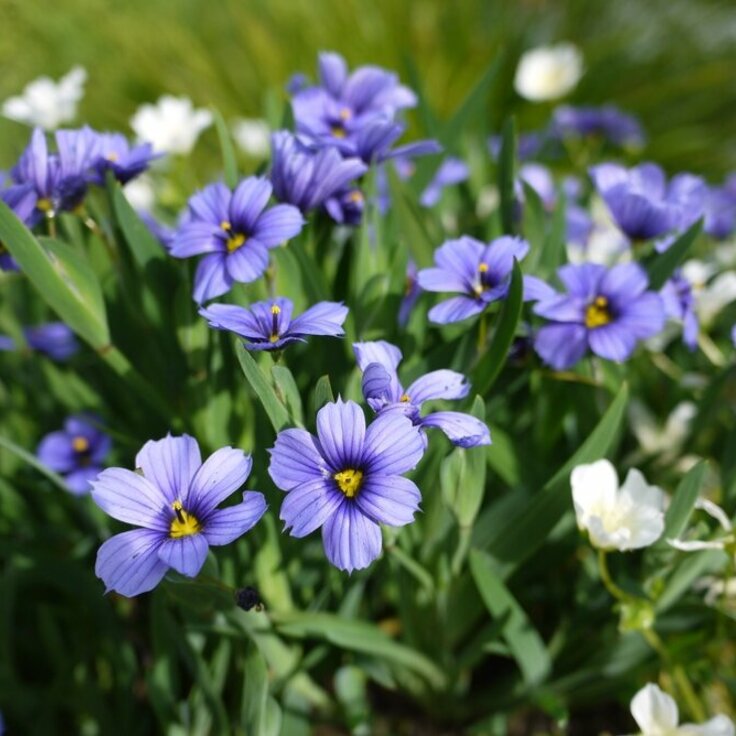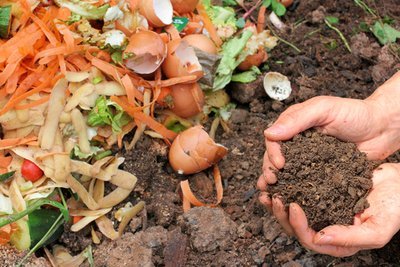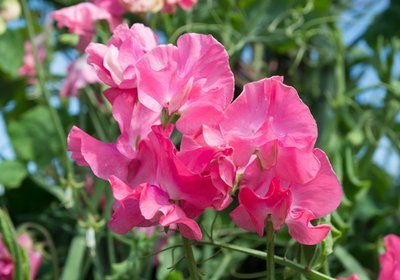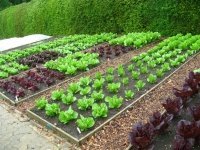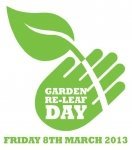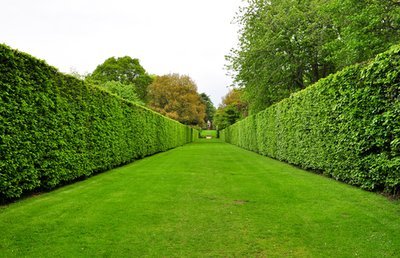Potting on – essential steps
When cuttings and seedlings get growing, they must be potted on if they are to stay healthy, says Kris
In the past month or two we have written about the sowing of lots of seeds, and the taking of lots of cuttings. If you have propagated even just a few of these plants, then there is a good chance you’ll have masses of tiny plants in pots and trays that need potting up. So what are the whys and wherefores of this important job?
To start with, there is no alternative – you really must move a plant on by potting it up, particularly seedlings that have been sprinkle-sown into pots or trays.
Failure to move these on will mean that, as they grow larger, they will compete with each other for space, light, moisture and nutrients. And very soon they will become congested, overcrowded, etiolated (elongated through lack of light) and, most probably, susceptible to fungal disease too.
If you are talking about a clump of delicate seedling all vying for space, growing where they were sown, they the first thing we should be doing is pricking them out.
Do not be tempted to remove cuttings or seedlings from a tray or pot until at least you see roots growing out of the bottom of the drainage holes. Shoot growth often precedes root growth, and if you move them too early you may cause damage to the roots, and the plants will fail.
QUICKTIP;
‘Potting up’ is when a young plant is potted for the first time; ‘potting on’ is when a plant is moved into a bigger pot
Pricking out seedlings
Once seedlings have reached the stage where they can be handled easily, they are ready fro transplanting or, in propagation terms, pricking out or pricking off.
Fill a tray or pot with a good quality potting compost, and gently firm it so it is level. Dib holes into the compost at the places where the seedlings will be planted.
Use a pencil or specially-made dibber to loosen the compost around the seedlings’ roots.
Never hold a seedlings by its stem, as this is very soft and easily damaged. Always hold it by one of its leaves.
Place the seedling into its hole, so that its roots are in contact with the compost and are not bent backwards. Very lightly firm it with your fingers. Water lightly with a rosed watering can.
Potting up cuttings
The time for potting up is when a good root system has developed. Gently remove the cutting from its container and pot it up individually into a 3-4in (7.5-10cm) pot. Use a good quality compost: loam-based composts such as John Innes No 2 are fine, as are peat-based or peat-free potting composts – but often the cheaper the compost the lesser the quality, and you may find that these contain bits of wood, stones or other chunky material that is not conducive to young plant development.
Site the plant into its new pot, generally making sure that it is not sitting any deeper than when it was growing as a newly germinated seedling. An exception to this is the tomato, which can be set a little deeper.
Firm them into their new homes, and water them in. Initially, return them to the same warm condition they were enjoying before potting, but after a few days you can gradually reduce their heat, or acclimatise them to outdoor conditions.

